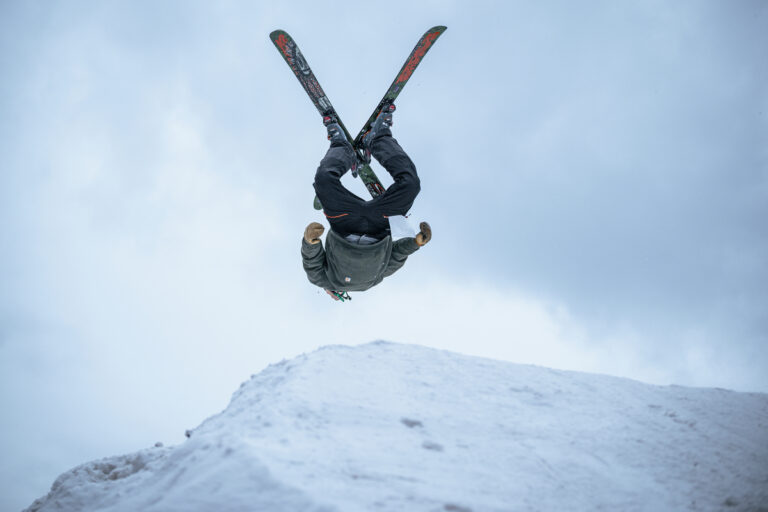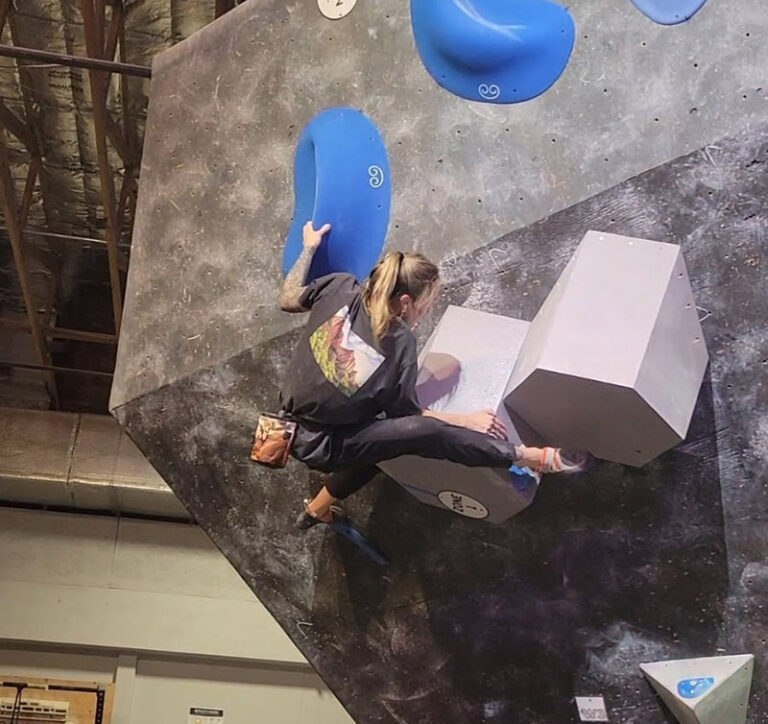Janine Benyus wanted to capture how processes in the natural world had inspired sustainable solutions to complicated design challenges, so she authored the book Biomimicry: Innovation Inspired by Nature in 1997. Twenty years later, biomimicry is a key strategy in disrupting the status quo and inspiring innovation across disciplines.
Benyus’ website Ask Nature documents hundreds of technologies that emulate the genius of the natural world. One example of biomimicry comes from the outdoor industry by way of Nikwax Waterproofing. This company studied how the fur of seals and other mammals found in cold, wet climates repels water while pushing water vapor away from the body. Product engineers mimicked the way fur manages moisture and designed the Analogy® fabric, which deflects wind and rain while actively directing sweat away from the body. The UK-based clothing company Páramo uses this fabric in its durable, reparable performance clothing.
In addition to consulting nature for this technological innovation, Nikwax’s fabric fulfills the criteria of biomimicry on another level. The company practices environmentally responsible manufacturing, which means it applies a sustainability lens on a systems level. Unlike other waterproofing materials, Analogy® is nontoxic, which is better for people and the planet. Their clothing is also produced in a socially responsible setting, meaning factory workers have a much higher quality of life than most workers in the textile industry.
Biomimicy is also being used to inspire innovation in human systems. Leaders in the field of organizational development are applying nature’s genius in their businesses and enterprises. For example, the Harvard Business Review cites how Southwest Airlines studied the behavior of social insects to see what they could learn about efficiency. More specifically, they examined the foraging habits of ants and how they managed to consistently find efficient routes to food sources. When the company applied swarm intelligence to their cargo operations, they reduced the number of times goods were transferred between planes. This simple change decreased human workload, opened up more planes for new cargo, and boosted the company with more than $10 million dollars of annual gain.
On a local level, Gonzaga University students from the environmental studies program followed biomimetic principles when they installed floating wetlands in Lake Arthur earlier this year. According to an article put out by the Biology department, their goal was to improve the lake’s ecosystem by creating a “concentrated wetland effect” through two floating “Biohavens.” The hope is that, through imitating the flora of a healthy ecosystem, they can recreate the same benefits provided by natural wetlands and remove excess carbon, nutrients, and dissolved solids.
While these innovations are inspiring, biomimicry at its heart is more than a design principle. It calls for a fundamental shift in the way humans relate to their environment. “Unlike the Industrial Revolution,” writes Benyus, “the Biomimicry Revolution introduces an era based not on what we can extract from nature, but on what we can learn from her.” The commitment to look to nature as a mentor suggests that biomimicry is also an ethic, a corpus of values that guides actions and behavior. It pays a deep respect to the 3.8 billion years of pre-human life on Earth, which seems like a critical step in ensuring continued life on this planet. //
Learn More about Biomimicry
- Asknature.org helps you find biological strategies, inspired ideas, and resources to help you address your own innovation challenges.
- The Biomimicry Institute promotes the transfer of ideas, designs, and strategies from biology to sustainable human systems design.
- Biomimicry for Social Innovation is a platform for the exchange of ideas, insights, and services for applying nature’s intelligence toward a thriving and regenerative human society.
- A Master of Science in Biomimicry is offered through Arizona State University, which teaches the methodologies and practices of applying life’s strategies to human design. //
Summer Hess is the Managing Editor of Out There Monthly. She wrote about climbing in the North Cascades in August.













